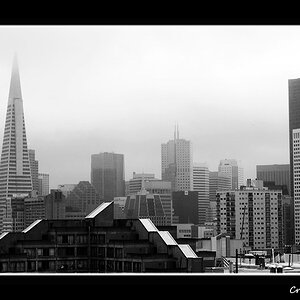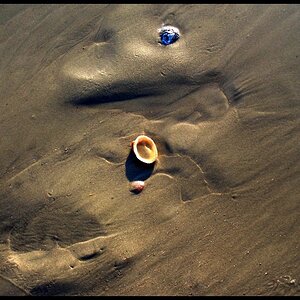[...] I've got quite a few K25 / Kodachrome II slides from the early '60s, and they are fantastic. My favourite film, although Velvia is a close second. Of course Velvia probably won't look as good in 50 years as K64 will.
CAVEAT:
Nothing will look good in 50 years if you don't store it under carefully controlled climatic circumstances. Especially the relative humidity and temperature! And sealed from ambient chemical trace fumes (which are always in the air around us).
Without special care film will dry out, go brittle, and finally turn literally to dust.
Storage and Care of
KODAK Photographic Materials (PDF)



![[No title]](/data/xfmg/thumbnail/37/37606-3c9ffb5906173fa2aa489341967e1468.jpg?1619738148)
![[No title]](/data/xfmg/thumbnail/36/36673-19735e6d336c221f19091dde4a33c534.jpg?1619737676)








